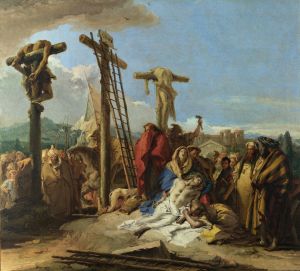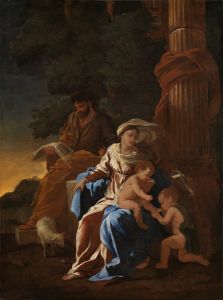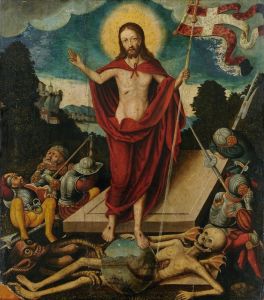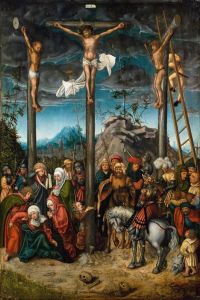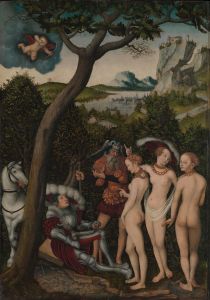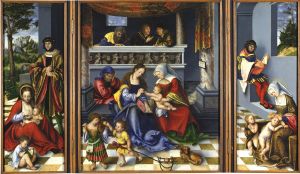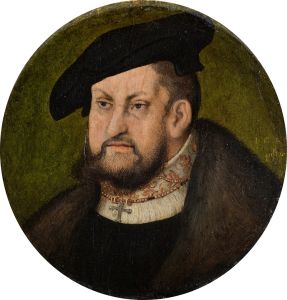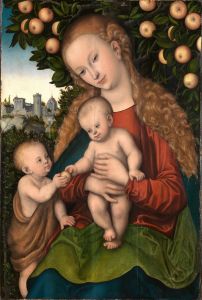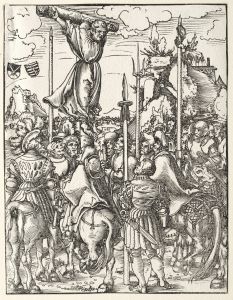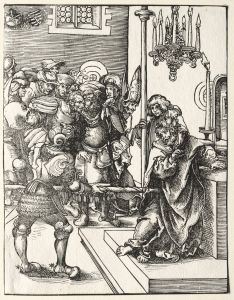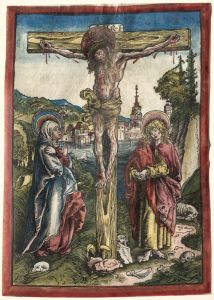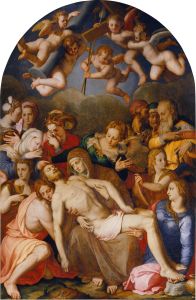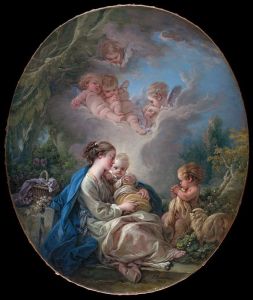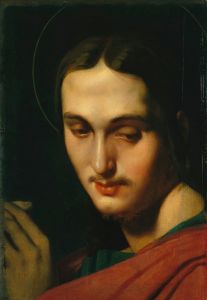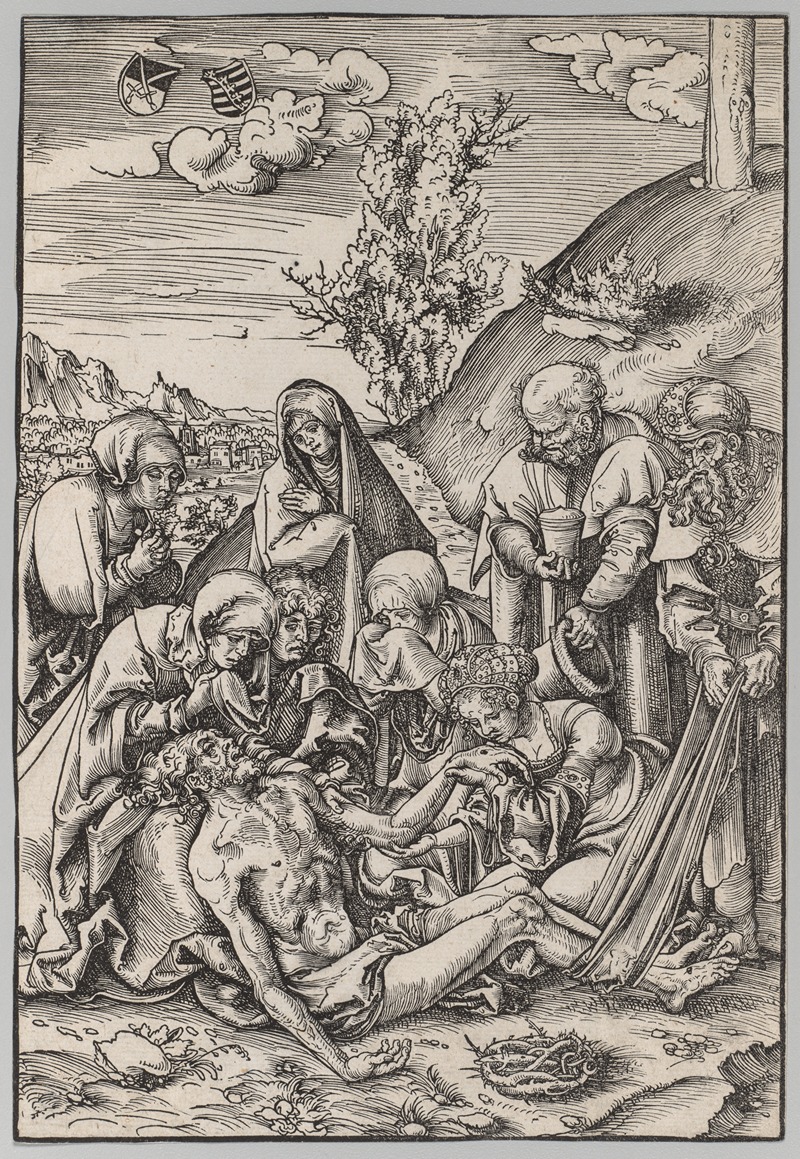
The Passion; The Lamentation
A hand-painted replica of Lucas Cranach the Elder’s masterpiece The Passion; The Lamentation, meticulously crafted by professional artists to capture the true essence of the original. Each piece is created with museum-quality canvas and rare mineral pigments, carefully painted by experienced artists with delicate brushstrokes and rich, layered colors to perfectly recreate the texture of the original artwork. Unlike machine-printed reproductions, this hand-painted version brings the painting to life, infused with the artist’s emotions and skill in every stroke. Whether for personal collection or home decoration, it instantly elevates the artistic atmosphere of any space.
Lucas Cranach the Elder, a prominent German Renaissance painter, is known for his significant contributions to the art world during the 16th century. One of his notable works is "The Passion; The Lamentation," which exemplifies his mastery in depicting religious themes with emotional depth and technical skill.
Lucas Cranach the Elder was born in 1472 in Kronach, Germany. He became a leading figure in the Northern Renaissance, renowned for his portraits, religious scenes, and mythological subjects. Cranach served as a court painter to the Electors of Saxony, which provided him with numerous commissions and the opportunity to develop a distinctive style characterized by precise lines, vibrant colors, and expressive figures.
"The Passion; The Lamentation" is a part of Cranach's exploration of biblical narratives, focusing on the events surrounding the crucifixion and the mourning of Christ. This painting captures the moment after Christ's crucifixion, known as the Lamentation, where his followers mourn his death. The scene is a poignant depiction of sorrow and devotion, reflecting the emotional intensity of the biblical story.
Cranach's composition in "The Passion; The Lamentation" is carefully structured to convey the gravity of the moment. The figures are arranged in a manner that draws the viewer's eye towards the central figure of Christ, who is depicted with a serene expression despite the tragic circumstances. Surrounding him are key figures from the biblical narrative, including the Virgin Mary, Mary Magdalene, and John the Apostle, each portrayed with distinct expressions of grief and reverence.
The use of color in the painting is particularly noteworthy. Cranach employs a rich palette to enhance the emotional impact of the scene. The somber tones of the background contrast with the more vibrant colors of the figures' garments, highlighting their significance and drawing attention to their expressions and gestures. This use of color not only adds depth to the composition but also serves to emphasize the spiritual and emotional themes of the work.
Cranach's attention to detail is evident in the intricate rendering of the figures' clothing and the delicate play of light and shadow across the scene. His ability to capture the subtleties of human emotion and the drama of the biblical narrative is a testament to his skill as an artist and his deep understanding of the religious themes he portrayed.
"The Passion; The Lamentation" reflects Cranach's ability to blend traditional religious iconography with the emerging humanist ideals of the Renaissance. His work often includes elements that appeal to both the spiritual and intellectual sensibilities of his audience, making his paintings not only visually compelling but also rich in meaning and context.
As with many of Cranach's works, "The Passion; The Lamentation" would have been intended for a religious audience, likely commissioned for a church or private devotion. The painting serves as a powerful reminder of the themes of sacrifice, redemption, and the human capacity for empathy and mourning.
Lucas Cranach the Elder's contributions to art extend beyond his individual works. He established a successful workshop that continued to produce art in his style even after his death in 1553. His influence can be seen in the works of his son, Lucas Cranach the Younger, and other artists of the Northern Renaissance.
In summary, "The Passion; The Lamentation" by Lucas Cranach the Elder is a masterful depiction of a pivotal biblical moment, showcasing the artist's skill in conveying emotion and narrative through his distinctive style. The painting remains an important example of Cranach's work and a testament to his enduring legacy in the history of art.





